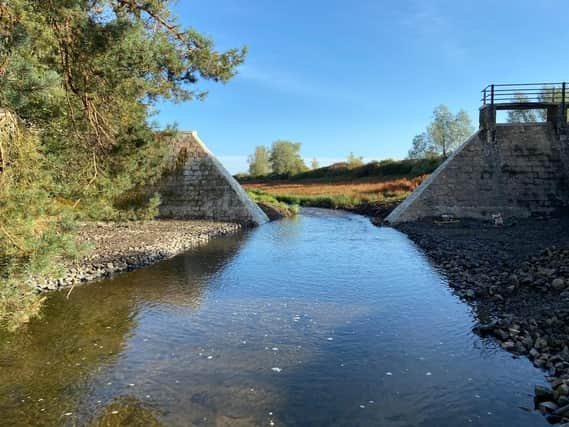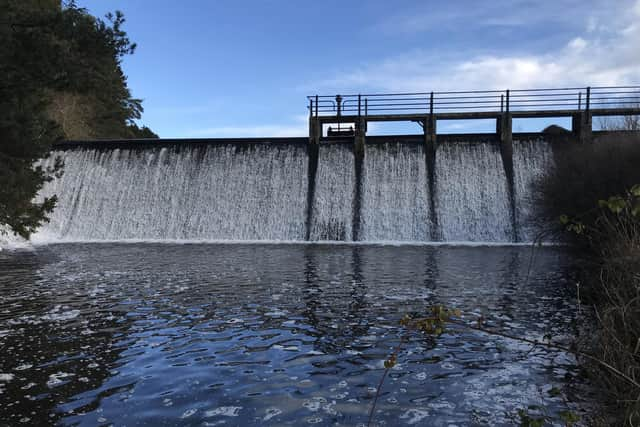River Dee revived after one of Scotland’s biggest ever dam removals


The project, delivered by the River Dee Trust and the Dee District Salmon Fishery Board, was made possible after receiving funding from Water Environment Fund (WEF). The Scottish Environment Protection Agency (SEPA) administer WEF funding on behalf of the Scottish Government enabling rivers to be restored across Scotland.
The removal of the Garlogie Dam on Dunecht Estate means salmon can now access about 20 kilometres of precious spawning habitat. Opening up the five-metre high dam also restores 500 metres of burn and riverbank habitats, which were submerged below a reservoir for almost a century, as well as habitat restoration of the 3.5 hectares site further upstream of the dam.
Advertisement
Hide AdAdvertisement
Hide AdCabinet Secretary for Transport, Net Zero and Just Transition Mairi McAllan said: “This is a great example of the work being carried out across Scotland by rivers trusts and catchment partnerships to breathe life back into our rivers. This work benefits our environment, our wildlife - like our iconic wild salmon - and our people and communities.”


“We are investing £4 million this year to sustain the work of the Water Environment Fund both in restoring access to rivers for migratory fish and in urban river restoration, which will deliver benefits for biodiversity, climate change adaptation, green space provision, public access and flood management.”
Charlie Perfect, River Restoration Specialist at SEPA, said: “As Scotland’s climate changes, it’s more important than ever that we restore our freshwater habitats to ensure the long-term resilience of wildlife and local communities.
“The Water Environment Fund has been enabling this work now for ten years, and the Garlogie Dam is its biggest weir removal to date.
“This huge achievement for nature is testament to the strength of a genuinely collaborative partnership, and I look forward to seeing River Dee Trust continue to realise their vision for a river catchment full of wildlife.”
Garlogie Dam was built in the 1920s, completing a scheme to bring electricity to Dunecht House and estate workshops. However, following expansion of the National Grid soon after, the hydropower station was decommissioned. The two sides of the dam have been retained to help tell the industrial heritage story of the landscape.
Dr Lorraine Hawkins, River Dee Trust, added: “Atlantic salmon are critically threatened throughout their range. For this species to have a future, many threats need to be addressed and removing man-made barriers to allow them access to natural spawning and rearing grounds is one of the most obvious actions we can take. We are delighted to have been able to finally bring this huge collaborative project to fruition and it is a much-needed success for salmon.”
Tree planting, wetland restoration and the addition of instream large woody structures will all be delivered over the next 12 months in the area that was previously the reservoir, further enhancing the area as a haven for wildlife.